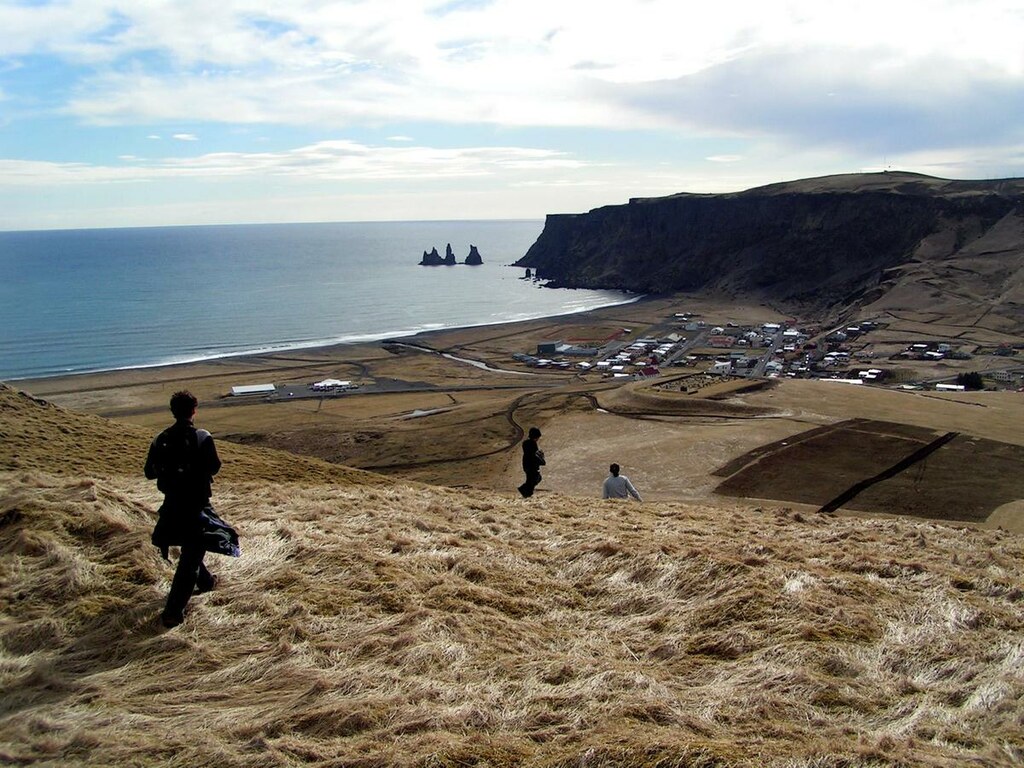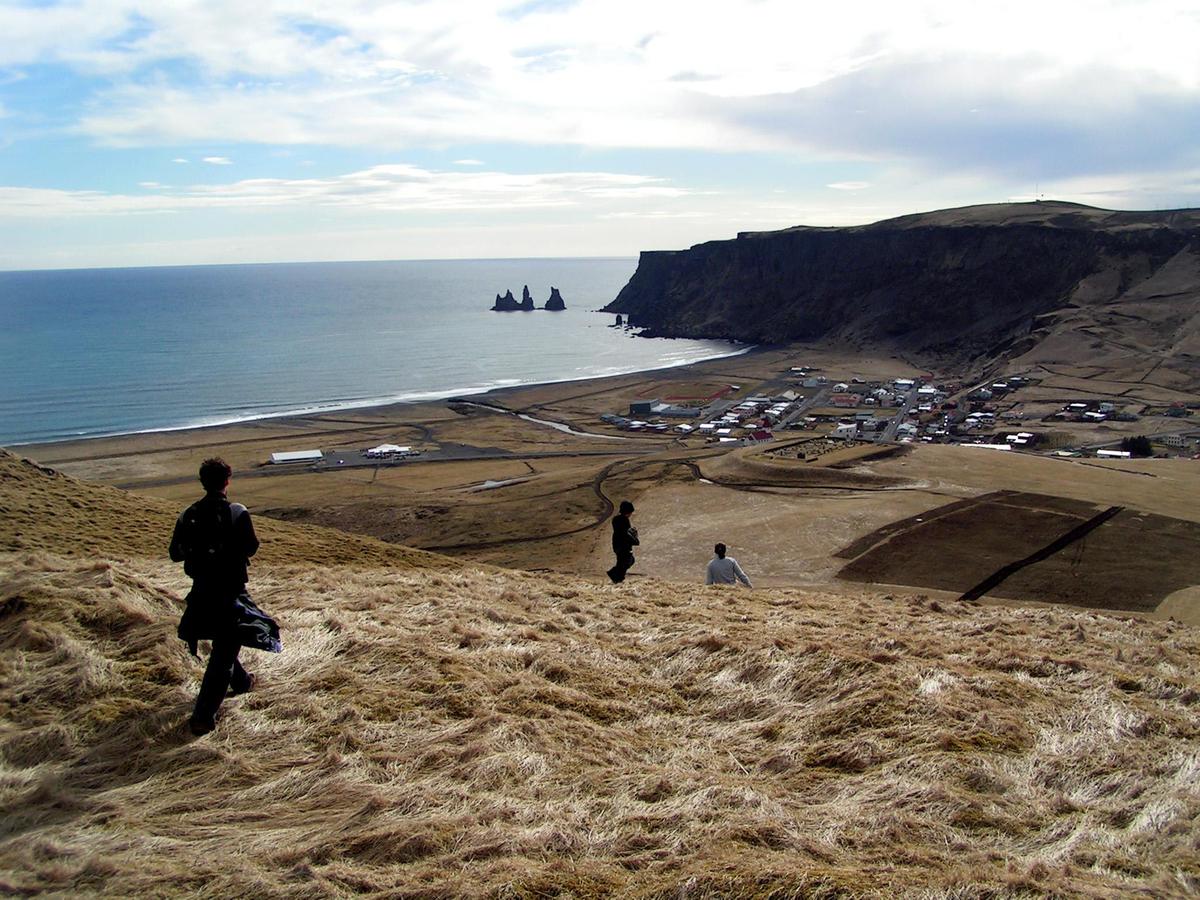
Iceland aims to be a pioneer in the green energy transition
Areas that are isolated or far away from neighbouring shores do not only have a distinct location, they also come up against distinct energy challenges. Specific barriers to implementing green…
Areas that are isolated or far away from neighbouring shores do not only have a distinct location, they also come up against distinct energy challenges. Specific barriers to implementing green energy solutions arise because of the unaccessible character of these areas. Nonetheless, Nordic islands and remote regions have come a long way in their research and technology for CO2-neutrality, yielding global interest and the necessary conditions to lead by example with their strategies.
A Nordic island that plays a notable part in advancing green energy initiatives for isolated or distant places is Iceland. The Government of Iceland’s ultimate goal is to become independent from fossil fuels, according to their action plan targeted towards a 55% reduction in CO2 emissions in 2030 compared to 2005 and carbon neutrality in 2040. How has the approach towards this goal progressed and what are the next steps?

The village of Vík, known as Vík í Mýrdal, the southernmost village in Iceland.
To delve deeper into Iceland’s work for a green energy transition, Nordic Energy Research talked to Ragnar Ásmundsson, Project Manager, Energy Fund & Energy Projects, at Orkustofnun. Ásmundsson is also an Icelandic representative in the Net Zero Islands Network – a network for actors working for sustainable energy solutions for islands and remote areas, funded by the Nordic Council of Ministers.
Ups and downs associated with living on an island
Like many other countries, Iceland is committed to protecting the climate and reducing greenhouse gas emissions. Climate challenges are however many and varied, and the conditions in Iceland differ in some respects from those seen in the rest of the world. For example, Iceland’s geographical position and soil conditions affect opportunities to increase carbon capture through forestry. Ásmundsson elaborates:
“There are carbon-neutrality ups and downs associated with living on an island in the middle of a big ocean. On the upside, all electric and heat production is local and renewable (primarily hydropower and geothermal steam and heat), while the downside is the vast distance to other countries, still bridged with fossil fuel operating the international transport sector (shipping and flight). Much of the challenges in that sector are jointly addressed in partnership with other countries and enterprises, primarily through the emissions trading system (ETS).”

At the latest Net Zero Islands Network seminar in Mariehamn, Åland. From left: Mark Hull, Community Energy Scotland, Ragnar Ásmundsson, Orkustofnun, Sigurður Friðleifsson, Orkustofnun, Klaus Skytte, Nordic Energy Research, Torsten Schmidt, Nordic Energy Research, and Esben Lundø Madsen, Nukissiorfiit.
Green transport is key for a green transition
To deal with climate challenges from an Icelandic point of view, Iceland’s government has adopted a climate action plan consisting of 150 functions divided into four categories:
- Community emissions, such as emissions from land transport, agriculture, waste, and refrigerants.
- Business system, including emissions from local industry, such as production of silicon metal and aluminium, together with emissions from international aviation and shipping.
- Land use, which includes greenhouse gas emissions and carbon sequestration due to land use, land use change and forestry.
- Transversal operations, i.e., actions that do not focus on reducing emissions in one category but support cross-cutting operations.
Through these actions, Iceland aims to be a pioneer in the green transition. An important factor in realising this ambition is an energy transition of the transport sector, which can bring about one the greatest reductions in greenhouse gas emissions in Iceland. According to Ásmundsson, the energy transition of transportation has been successful lately, with the new registration rate of clean energy vehicles being the highest in the world in recent years.
“Cities and towns are being transformed to accommodate more sustainable transport, such as cycling paths and electric buses. Electric vehicles are supported with government incentives and the electric grid is being improved so that it can provide more power to large battery vehicles,” says Ásmundsson.
However, technologies for shipping and aviation, both domestic and international, are less developed and the solutions have not yet become cost-effective in procurement or operation.
“We need to find ways to finance experimental projects on energy conversion of ships and aircraft, as well as prepare the infrastructure for it to be ready when the technology has matured enough to gain market share,” says Ásmundsson.
Putting the final nail in the fossil fuel coffin
In the face of island-specific energy challenges, the Net Zero Islands Network intends to facilitate knowledge exchange among isolated and remote areas. By sharing answers to questions in common, the islands can support each other on the path towards carbon neutrality. What has Ásmundsson gained from the Net Zero Islands Network, and what does he hope to achieve from the network in the future?
“The Net Zero Islands Network has provided key insights into how technology can be applied to speed up the energy transition in Iceland. For instance, representatives from Åland, Shetland, and the Faroe Islands have brought concepts on wind power into light, including deep sea wind utilisation. Also, Åland has exemplified how subsea cables for backup power regulation frameworks can be applied for future projects in Iceland, to help put the final nail in the fossil fuel coffin,” says Ásmundsson.
Read more about Iceland’s action plan for carbon neutrality here

